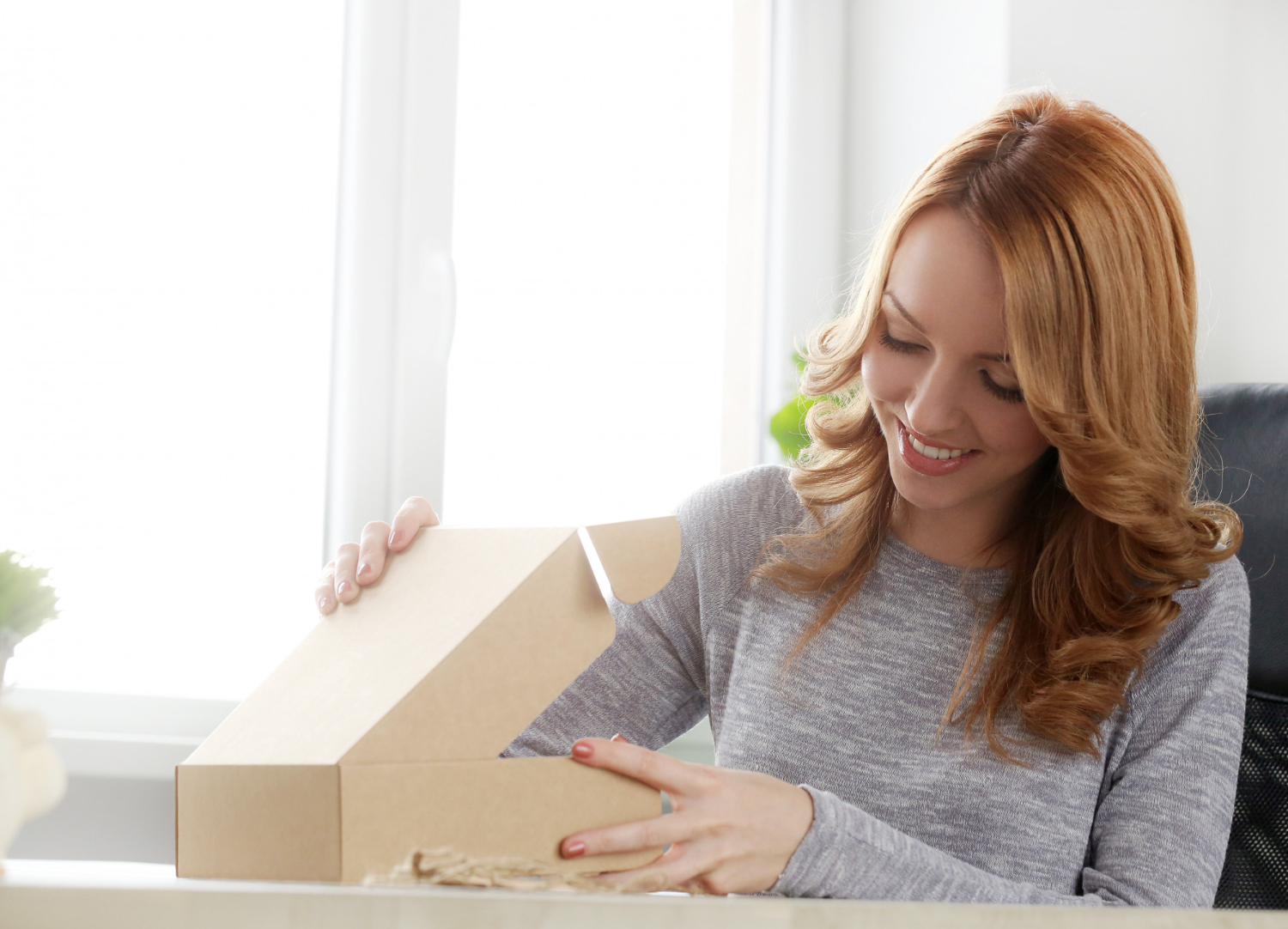VIt should come as no surprise to you that a greener home help you save valuable resources, but it will also give you the opportunity to save money – and be a lot more creative. If you are considering ‘going green,’ there are four main principles to think about: reducing your energy use; eating sustainable foods; recycling, and spending less on new ‘stuff.’ Let’s take a closer look at what each of those might entail…
Reduce Your Energy Use
Cutting down on the volume of waste you consume is a critical part of going green. We’ll discuss your trash in a moment, however – for now, we want to focus on making the most of the energy you use. Turning the lights off when you leave a room, getting an energy monitor installed, and even getting solar panels can help a great deal.

However, while all these things can help a lot, it will all be for nothing if your home isn’t equipped with modern insulation or you are taking care of all those little holes around your door and window frames. Preventing the hot air escaping from your home and stopping the cold air coming in, it can save you a significant amount of money on your heating bill.
Sustainable Foods
We’ve got into a bit of a habit of eating food grown or produced many miles from where we live in recent years, to great detriment to the planet. Eating locally and/or sustainably has to become more prevalent if we intend to reduce the impact of our carbon footprints.
The good news is that it is becoming easier to eat and buy sustainable food products these days. The likes of the GSI promote sustainable salmon, and more of the major grocery stores and restaurants are cottoning on to the importance of locally sourced food. There’s no need to eat food grown thousands of miles away any more, so try and eat from more sustainable and eco-friendly sources.
Recycle & Reuse
It’s amazing what people throw out these days. But it’s time we rethought our attitudes about trash, because the reality is that what we throw away is usually replaced by something else. And that means more consumption, more energy used, and a higher carbon footprint.
The trick is to make better use of what you have – and you can have a lot of fun when you learn to be more creative. For example, you might be a little bit tired of your old dresser, but if it is still in usable condition, why not give it a quick makeover instead?
Spend Less
There will be times when you will absolutely need to buy a new bed or replace a couch, of course. That’s OK but most of what we actually buy is a waste of money. It is either destined to end up in a landfill site in the future or is often used once or twice and then just adding to the clutter in your home.
Take kids’ toys as the classic example. Made with cheap plastics that break easily, they tend to be thrown away rather than passed on to charity or a new owner. So, if you have a young family, try and buy higher quality toys made from sustainable materials – not only will they last longer, they will reduce your carbon footprint, too.

















